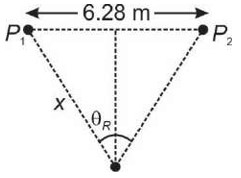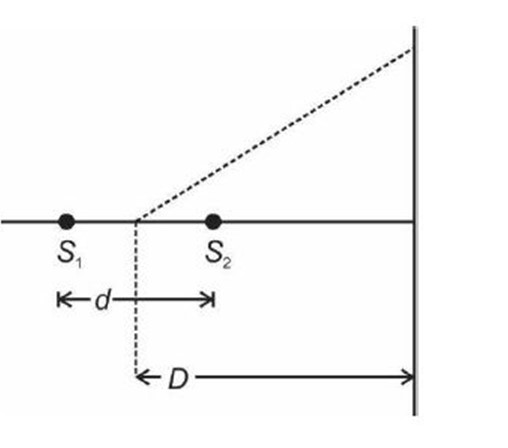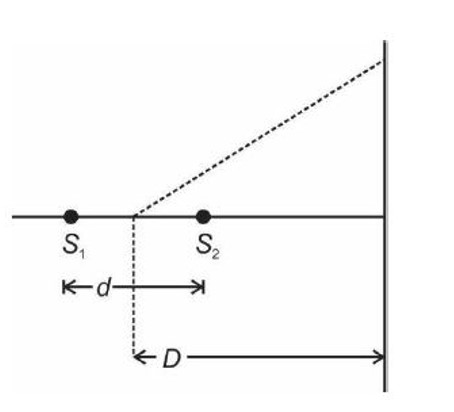Physics Wave Optics
Get insights from 101 questions on Physics Wave Optics, answered by students, alumni, and experts. You may also ask and answer any question you like about Physics Wave Optics
Follow Ask QuestionQuestions
Discussions
Active Users
Followers
New answer posted
a month agoContributor-Level 10
Yes, both coherent and incoherent waves can be seen by the naked eye. However, we cannot detect whether the wave is coherent or incoherent. This is because the incoherent waves have different frequencies which cannot be distinguished by the human eye. We have can only see lights of specific wavelengths as per the human limit.
New answer posted
a month agoContributor-Level 10
Yes, whether a wave is coherent or incoherent depends on its phase difference and frequency. For converting a coherent wave into an incoherent wave, you have to damage the stable phase of the wave. This can be done by making the medium tough or mixing them with incoherent waves.
Similarly, incoherent waves can be converted into coherent waves by making their frequencies same and having all of them into the same phase.
New answer posted
a month agoContributor-Level 10
Yes, it strongly depends on the wavelength of the light wave. It is directly proportional to the length i.e. longer the wavelength, more will be the amount of diffraction. Similarly, short wavelength of the light will mean less diffraction comparatively.
New answer posted
a month agoContributor-Level 10
Reflection is the concept of bouncing back of light waves when passed through a surface. Whereas, diffraction is a term used when light waves spread in different directions on being passed through an obstacle. Reflection requires a smooth surface whereas diffraction requires the edge of an object.
New answer posted
a month agoContributor-Level 10
Interference is a concept that forms the base of diffraction, without which diffraction is not practically possible. The waves formed by diffraction form secondary waves which either cross each other, move in directions opposite to each other, or overlap each other. This situation creates some alternating bright and dark fringes called interference.
Taking an Exam? Selecting a College?
Get authentic answers from experts, students and alumni that you won't find anywhere else
Sign Up on ShikshaOn Shiksha, get access to
- 65k Colleges
- 1.2k Exams
- 679k Reviews
- 1800k Answers






